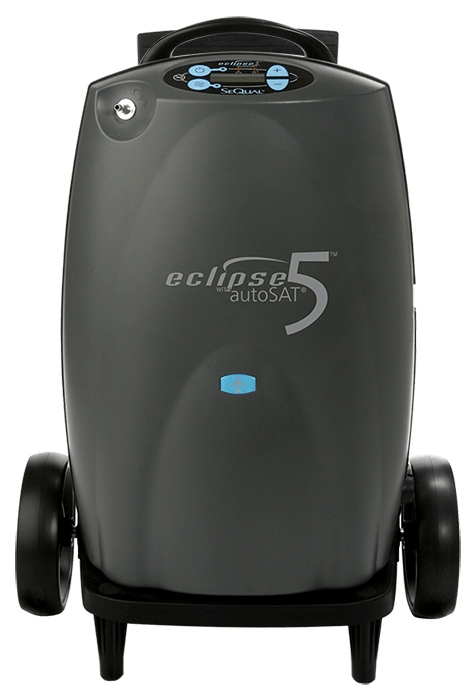[Last updated December 17, 2024]

After years of hard work, retirement is a time to savor the fruits of your labor. However, keeping track of important deadlines and having a withdrawal schedule for your required minimum distributions (RMDs) on your retirement accounts is critical to avoiding costly mistakes.
Here is everything you need to know about your required minimum distribution — and how timely withdrawals protect and extend your retirement savings.
What is a required minimum distribution (RMD)?
A required minimum distribution (RMD) is the minimum amount of money you must withdraw from your retirement accounts every year after reaching a certain age. Though the RMD is a set minimum withdrawal amount, you are free to take out more once you reach the qualifying age.
Retirement accounts allow your money to grow tax-free over the course of your working years. Because both your contributions to the account and its subsequent growth are untaxed, account withdrawals become the taxable event — hence the RMDs. These withdrawals also ensure that tax-free wealth doesn’t accumulate indefinitely.
You can withdraw funds from these accounts and reinvest them elsewhere before reaching the RMD age, reducing the required minimum distribution amount later on.
Retirement accounts with RMD requirements
Several types of retirement accounts are subject to required minimum distributions, including:
- Traditional individual retirement accounts (IRAs).
- SIMPLE IRAs.
- SEP IRAs.
- Traditional 401(k)s.
- Traditional 403(b)s.
- Profit-sharing plans.
Roth IRAs are not subject to RMDs, even if they are included in a 403(b) or 401(k) account. That’s because your contributions to a Roth IRA are made with already-taxed dollars, so the taxation event has already occurred.
When do you need to start taking RMDs?
The SECURE Act 2.0 raised the age that triggers RMDs from 72 to 73, starting in 2023. However, if you turned 72 in 2022, you still fall under the qualifying age rule in effect at that time, which was 72.
Those who turned 73 during the 2024 calendar year must take their first RMD by April 1, 2025 (if they have not done so already), and a second RMD by December 31, 2025. This is because the IRS allows a few months of extra time for your first RMD following the year you hit the minimum qualifying age.
That said, taking two RMDs in one year increases your taxable income and, by extension, your tax bill. However, if you turned 73 in 2024 and have already taken your first RMD, you’ll only need to take one RMD by December 31, 2025.
After your first RMD, the deadline for taking your annual RMDs is December 31 each year thereafter.
If you are still actively employed when you reach your RMD age, you may be able to delay your first RMD from your current employer-sponsored retirement plan. To qualify, you must own less than 5% of the business.
How do I know my required minimum distribution?
Consulting a trusted tax professional or financial advisor can be a sensible step in determining and ensuring you meet your required minimum distribution — and sidestep steep penalties for noncompliance.
The first step to ensure compliance is calculating your required minimum distribution.
Here’s how RMDs are typically calculated:
- Find your distribution period as determined by your age and the Internal Revenue Service (IRS) life expectancy tables.
- Take the year-end value of the retirement account for which you are calculating the RMD and divide it by the distribution period for your age on December 31 of the upcoming tax year.
Year-end value of retirement accounts ÷ Distribution period for your age = RMD
- Remember that you’ll need to recalculate your RMD every year. Because your distribution period decreases each year, it’s common for your annual RMD amount to increase over time.
As the cost of living and personal needs generally rise with age, the increase in RMDs over time can help keep up with evolving expenses, including paying for senior care.
If you have multiple retirement accounts when you reach the qualifying age, you’ll need to recalculate a withdrawal amount for each account subject to a required minimum distribution every year.
Note that you don’t have to take an RMD from every retirement account every year. Depending on the type of account, you can calculate the total RMDs across all relevant accounts and combine them into what’s known as the “aggregate RMD” for the year. However, some retirement accounts require that you take RMDs separately.
The aggregate RMD is the total you must withdraw from applicable accounts by the December 31 deadline. It can be smaller withdrawals over time or all at once. It also doesn’t matter if you take the aggregate RMD all from one account or a little from each. As far as the IRS is concerned, they’re still getting their cut.
What happens if you don’t take your RMD?
It’s essential to take RMDs on time — or you could face penalties. The penalties can be quite severe, so you’ll want to steer clear of them.
The penalty for not taking your annual RMD is 25% of the shortfall. For example, if the RMD on a given retirement account is $30,000 for the year but only $20,000 is withdrawn that year, the shortfall would be $10,000. The penalty in this case would be $2,500 (25% of $10,000).
That penalty is actually an improvement: Prior to 2023, the penalty (also referred to as the excise tax) was 50% of the shortfall — or $5,000 in the above example.
If you do make a mistake and fall short of your RMD for one year, you may be able to correct it within a two-year time frame. You’ll need to submit Form 5329 along with a statement explaining what happened. If the IRS determines that your case is a “reasonable error or cause,” the penalty will be reduced from 25% to 10%.
Bottom line
As you approach the age that qualifies you for RMDs, it’s important to stay on top of deadlines to make the most of your retirement savings.
Though it can be a little complex, a little planning now can go a long way. It will help ensure you’re set up for a comfortable future. In doing so, you can fully enjoy your hard-earned success and savor the moments and experiences that matter most as you move into this rewarding stage of life.








